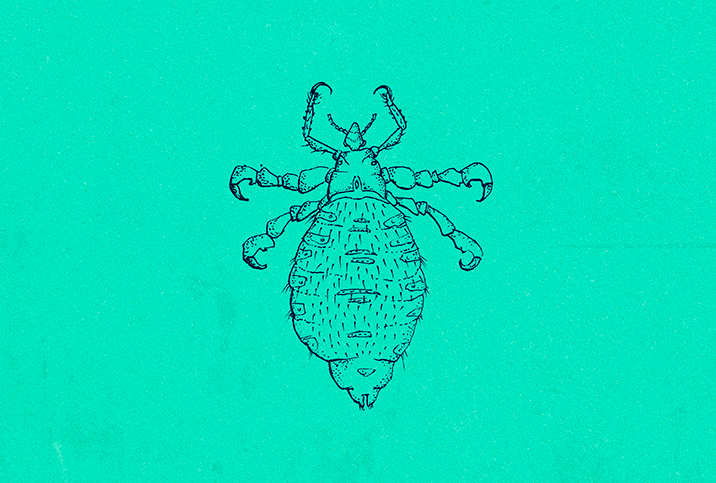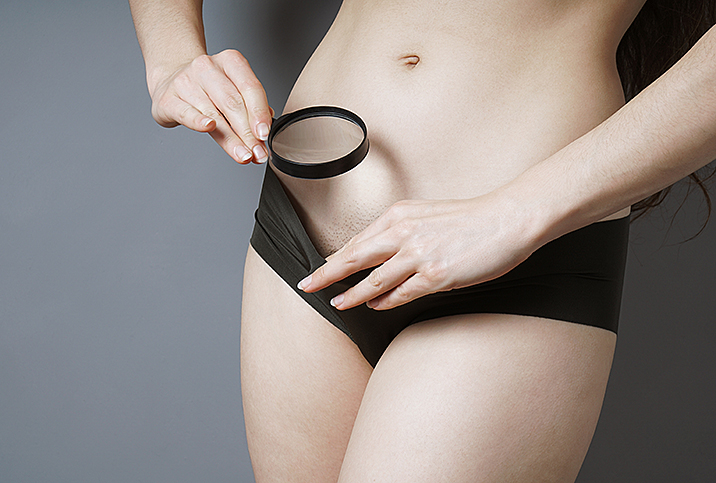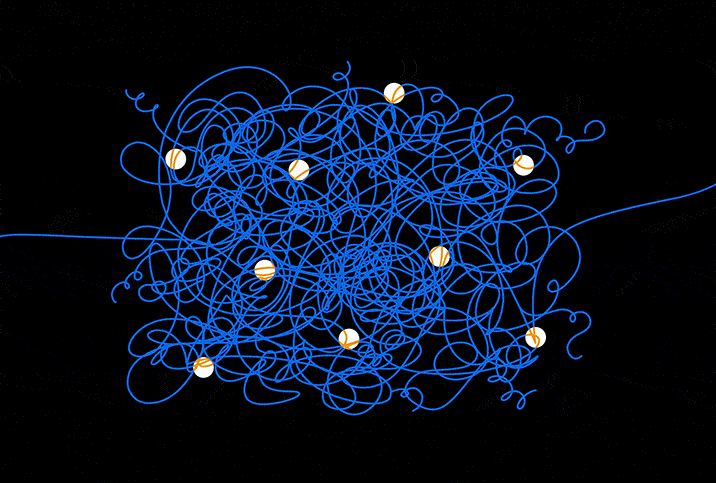Do You Know How Pubic Lice Are (and Aren't) Spread?

You're probably familiar with pubic lice by the nickname "crabs," so named for their two rear sets of legs, which resemble pincers.
Myths and misconceptions about pubic lice abound, however: Can they really spread from a public toilet seat? Where, specifically, are they found on a person's body? What are the symptoms?
Following is some clarification on exactly what these crabs are, where they come from and how to treat them.
What are pubic lice?
"Pubic lice, also known as crabs, are small parasites that most commonly attach to the skin and hair near your genitals," said Sarah Diemert, N.P., a women's health nurse practitioner in Denver. "Pubic lice aren't dangerous and they're usually pretty easy to get rid of."
While they are most commonly found in pubic hair around the genitals, they are occasionally found on other coarse body hair, such as armpit hair, eyebrows, eyelashes, beards and leg hair.
Pubic lice manifest in three forms during their life cycle: egg (or nit), nymph and adult. They range in size from 0.08 millimeters (mm) to 3 mm long and have six legs. For reference, a dime is 1.35 mm thick and a nickel is 1.95 mm thick.
"The rear two pairs of legs terminate with pincer‐like claws, whose grasp is designed to match the diameter of pubic hair, other coarse hair and clothing fibers," stated the authors of a clinical review published in 2021.
Pubic lice are the smallest type of lice, the review stated. Their small pincers allow them to attach to the base of densely packed hair where they suck blood periodically and move only millimeters throughout the day.
While this may sound scary, the symptoms associated with pubic lice are not severe. They typically include a rash, itching and irritation. Pubic lice do not transmit disease and they're easily eradicated.
How do you catch pubic lice?
Typically, pubic lice are spread through sexual contact.
"Anyone who has vaginal, anal or oral sex can get pubic lice if they come into contact with a sexual partner who has them," Diemert said.
Pubic lice can also be transmitted through close skin-to-skin contact. While it is rare, pubic lice can be spread via clothing, bedding or towels that have been used by a person who has pubic lice, Diemert added.
Typically, adults get and transmit pubic lice, and it's uncommon for kids to get the condition. Pubic lice found on children can be a sign of sexual abuse, according to the Centers for Disease Control and Prevention (CDC).
"About 3 million people in the United States get pubic lice every year. It's important to note anybody can get pubic lice if they have close, personal contact with someone who has them," Diemert said.
People worldwide in every economic demographic get pubic lice. In addition, people of all genders, races and ethnicities can get them.
What are common symptoms of pubic lice?
The most common symptoms of pubic lice are itching and irritation caused by your body's reaction to bites from the lice, according to Diemert.
"Typically, the symptoms of pubic lice start about five days after you get them, but some people never have symptoms at all. Pubic lice symptoms are also sometimes mistaken for something else, like a rash," Diemert explained.
Another common way people discover they have pubic lice is by seeing the parasites in their pubic hair.
"You can usually see pubic lice by looking closely, or you may need to use a magnifying glass. Pubic lice are beige or whitish-gray and they look like tiny crabs," Diemert said. "They may get darker when they're full of blood."
Alternatively, there might be other visual signs that show you have pubic lice.
"[You might see] crab eggs, called nits, on the bottom part of your pubic hairs," Diemert said. "Nits are really small and can be hard to see. They're oval and yellow, white or pearly. [There may be] pale bluish spots on the affected area, which come from the bites."
The 2021 review on pubic lice explained that some people have itchy red bumps on their skin that may look similar to razor burn or insect bites. It's also possible to have rust or blood‐colored spots on clothing, and a lice bite can cause bluish macules (flat, distinct, discolored areas of skin), commonly occurring on the lower abdomen and thighs, the review stated.
Are grooming habits decreasing crab infestations?
As pubic hair removal has become far more popular, pubic lice have become less common, several studies indicate. These studies hypothesize that pubic lice have nothing to attach to if someone has no pubic hair.
A study published in 2014 looked at the rates of pubic hair removal and pubic lice from 2003 to 2013 and found pubic hair removal, full or partial, increased from 33.2 percent to 87.1 percent during the 10-year period. At the same time, the incidence rate of pubic lice continually fell from 1.82 percent to 0.07 percent. While this study found only a correlation, not causation, its authors wrote, "pubic lice infestations are in decline, and there is a growing body of evidence that it is associated with the increased incidence in removal of pubic hair."
Myths and misconceptions about pubic lice
There are a few myths about pubic lice that need to be debunked:
Myth #1: You can get pubic lice from a toilet seat
"According to the CDC, one common misconception about pubic lice is that you can get them by sitting on a toilet seat," Diemert said. "While not impossible, this would be highly unlikely since pubic lice cannot survive very long away from the human body and their feet cannot hold on to or walk on a smooth surface like a toilet seat."
A study published in 2009 reported that it's highly unlikely to get pubic lice from a toilet seat because pubic lice are highly sedentary and rarely leave close contact with the body.
Myth #2: You can get rid of pubic lice with antibiotics
While many people believe you can treat or get rid of pubic lice with antibiotics, this is not how you treat them.
Pubic lice do not spread disease and they are not an infection, so antibiotics are not necessary. The 2009 study sampled 817 college students, and 80 percent of the participants thought antibiotics were a viable treatment for pubic lice. The situation in which antibiotics would be necessary is if the rash, irritation or itching caused by the pubic lice led to a skin infection.
Instead of using antibiotics, you need to treat pubic lice with over-the-counter or prescription products and medications or by physically removing them.
Myth #3: Pubic lice jump
Many people have the false idea that pubic lice can jump or fly. According to the clinical review published in 2021, pubic lice are wingless and cannot fly. In fact, as previously mentioned, pubic lice barely move—sometimes only a few millimeters per day—and like to stay as close to the body as possible.
If you begin to notice any symptoms of crabs—itching, irritation or even seeing lice in any area of your body with coarse hair (not just pubic hair)—it's important to see a doctor immediately to prevent the spread.
Don't have a doctor you see regularly? You should find one. Fortunately, telehealth makes it easy to connect with a healthcare professional. Many physicians offer same-day video visits. Giddy Telehealth is an easy-to-use online portal that provides access to hundreds of healthcare professionals whose expertise covers the full scope of medical care.

















